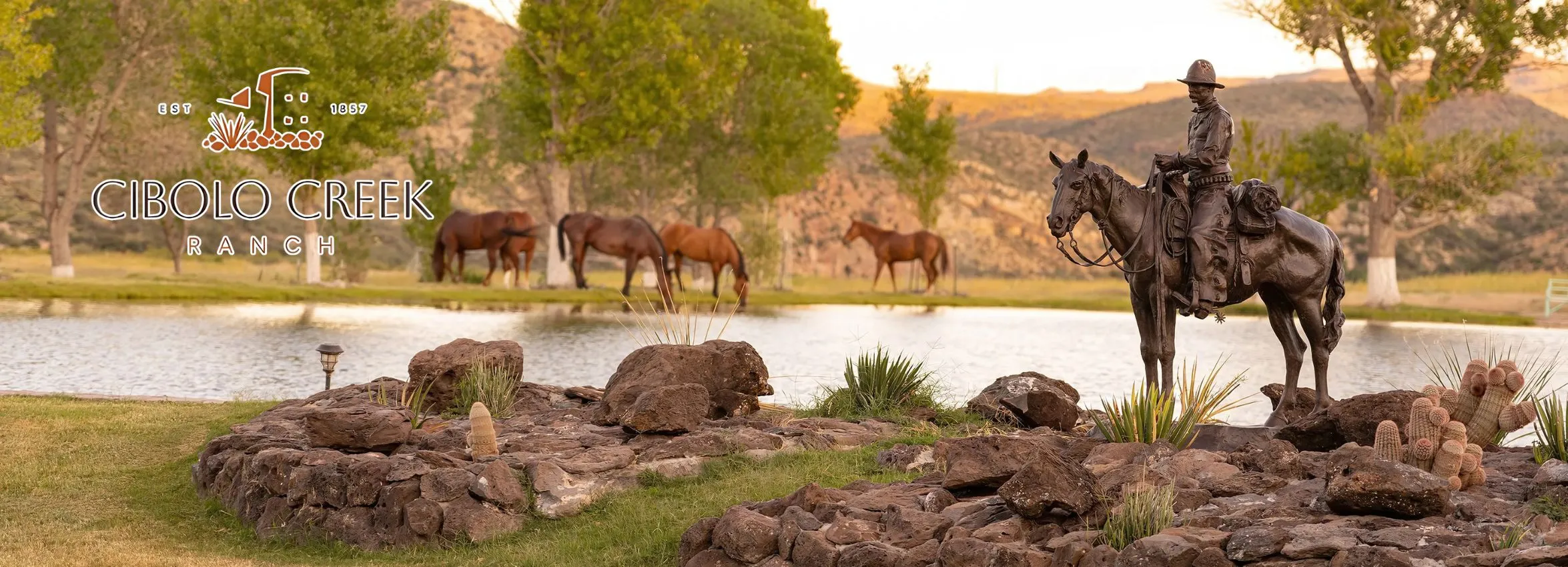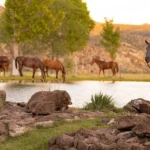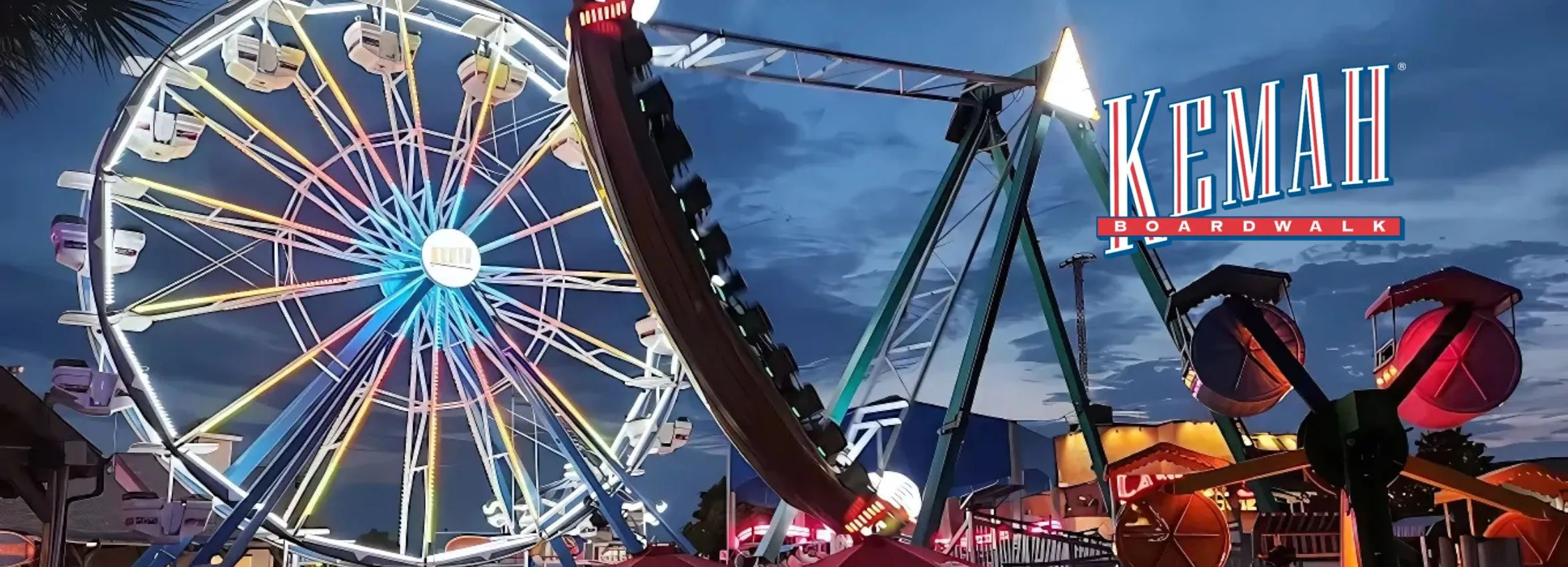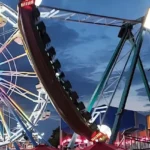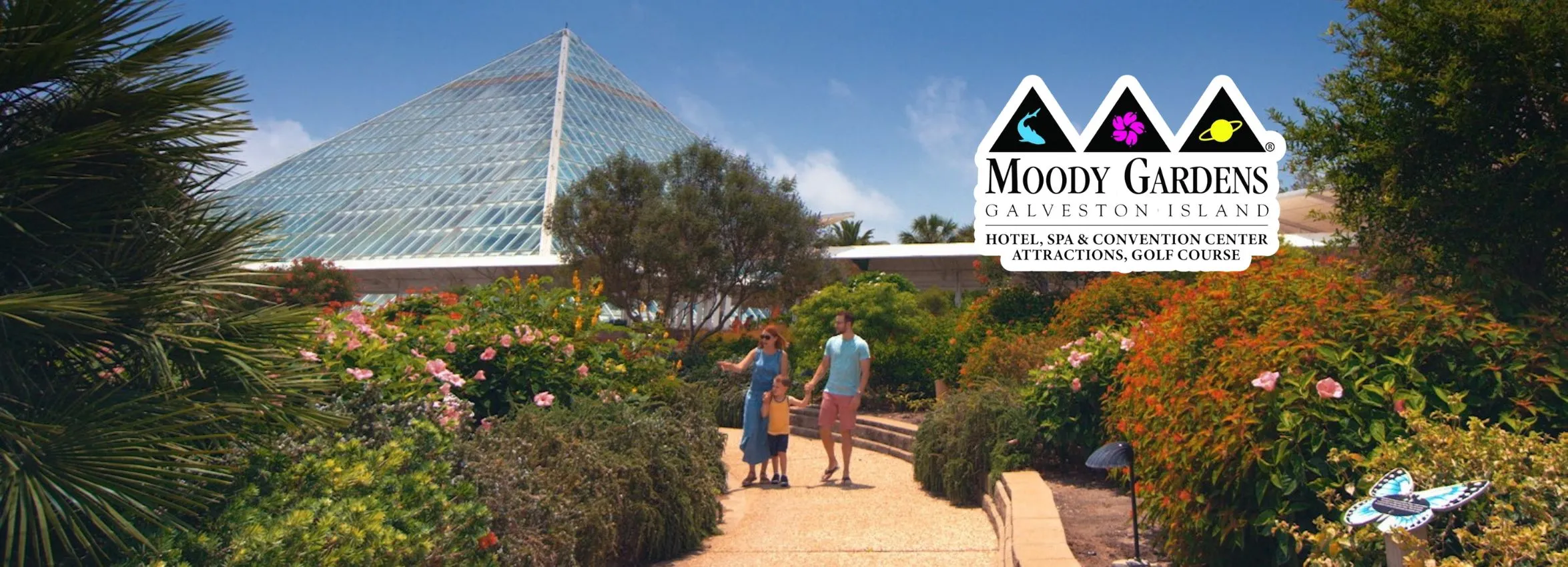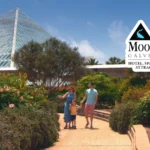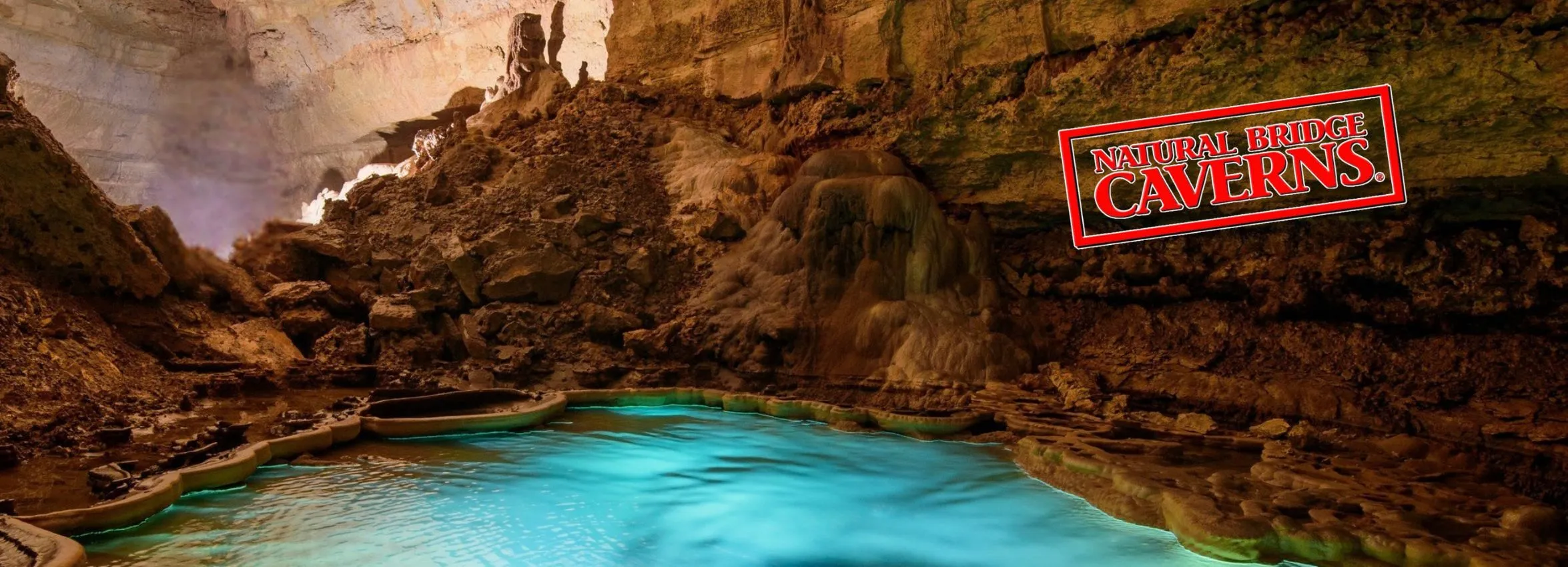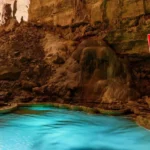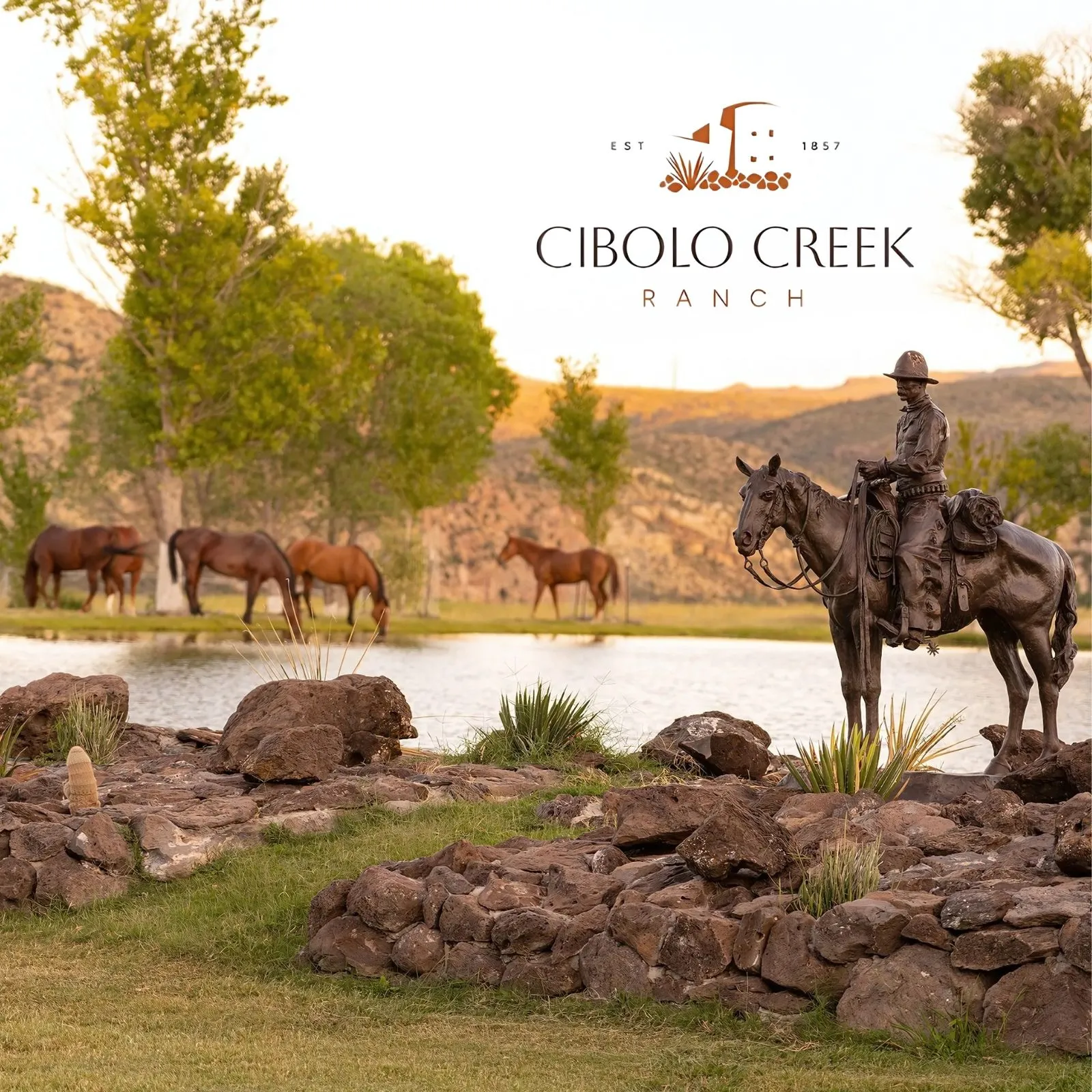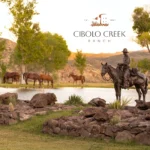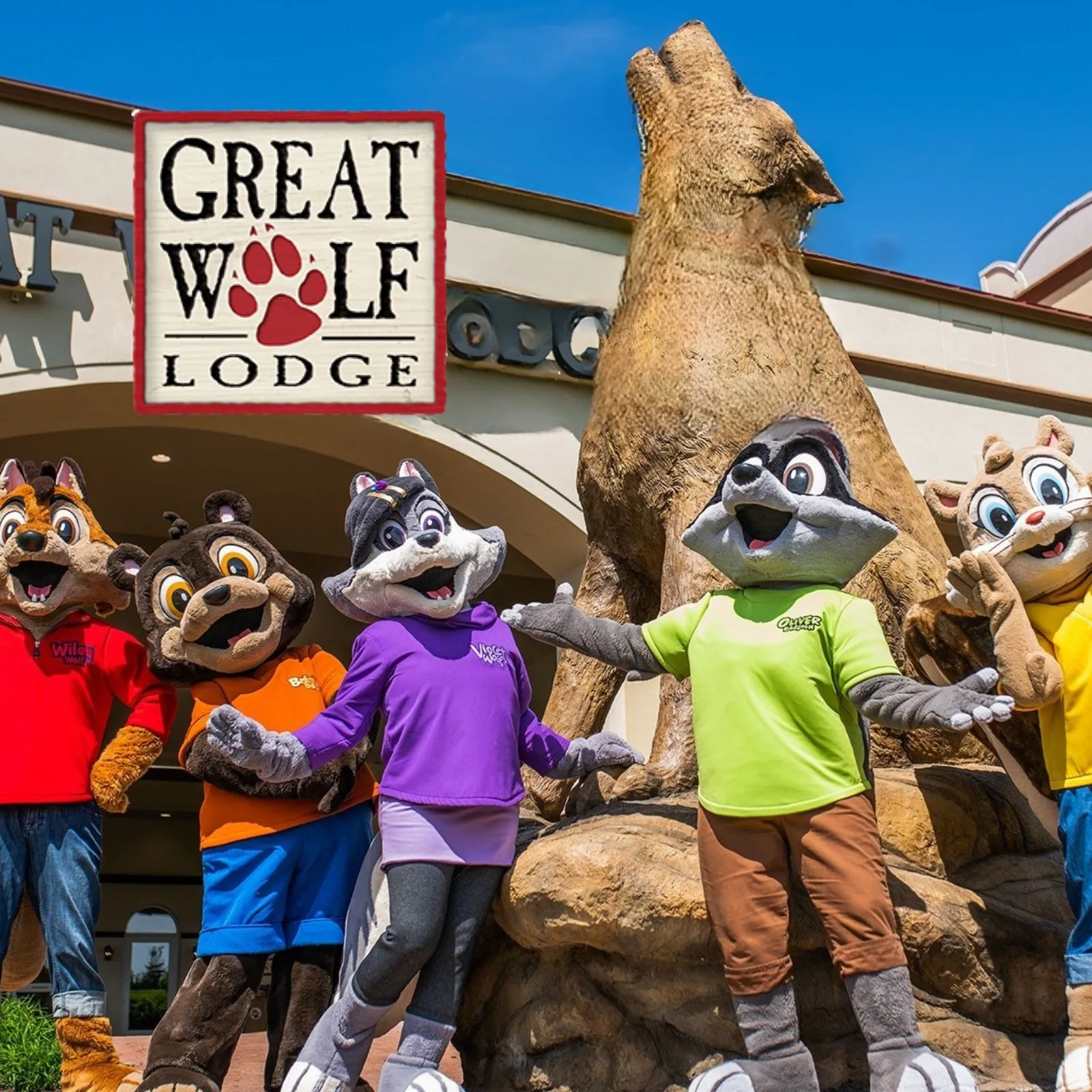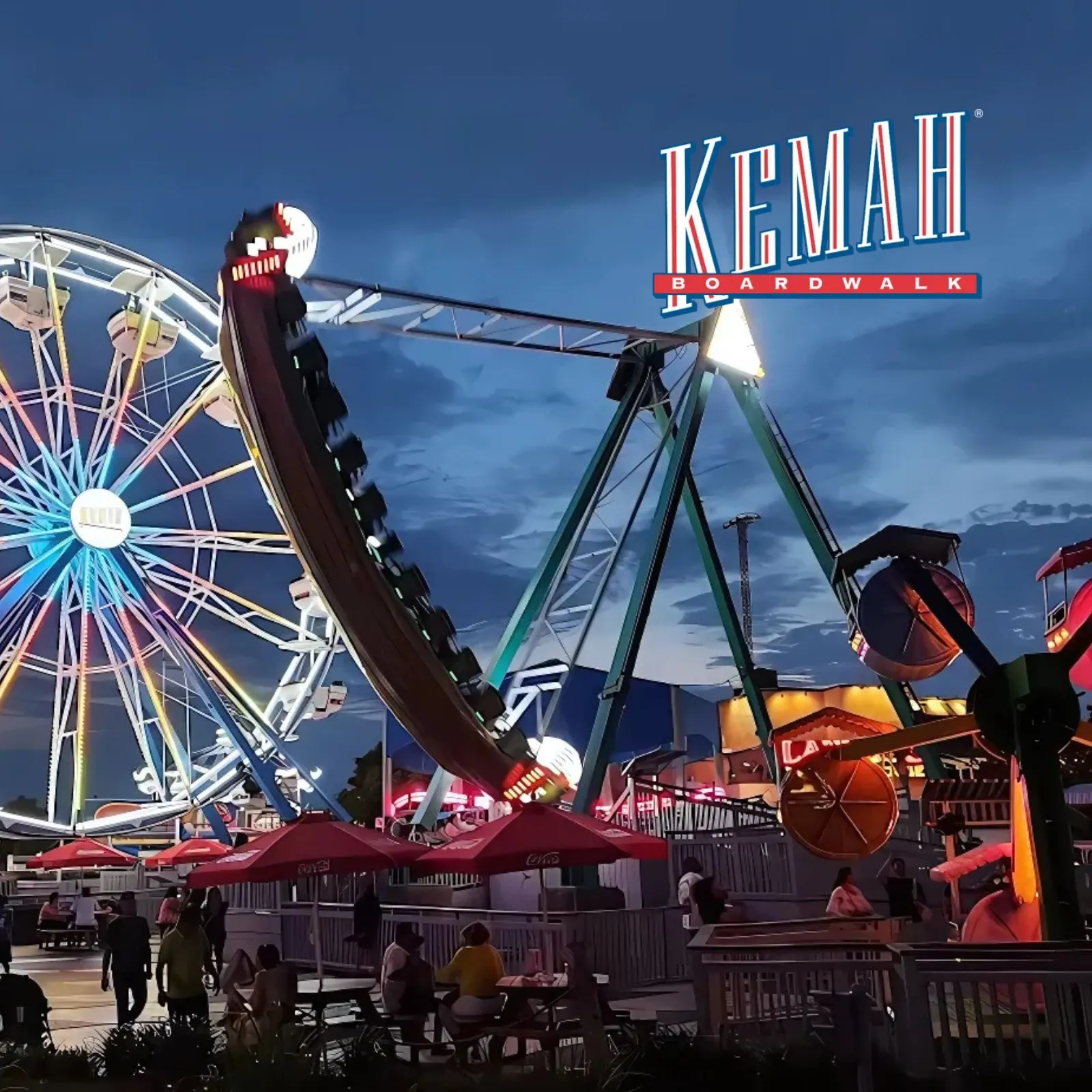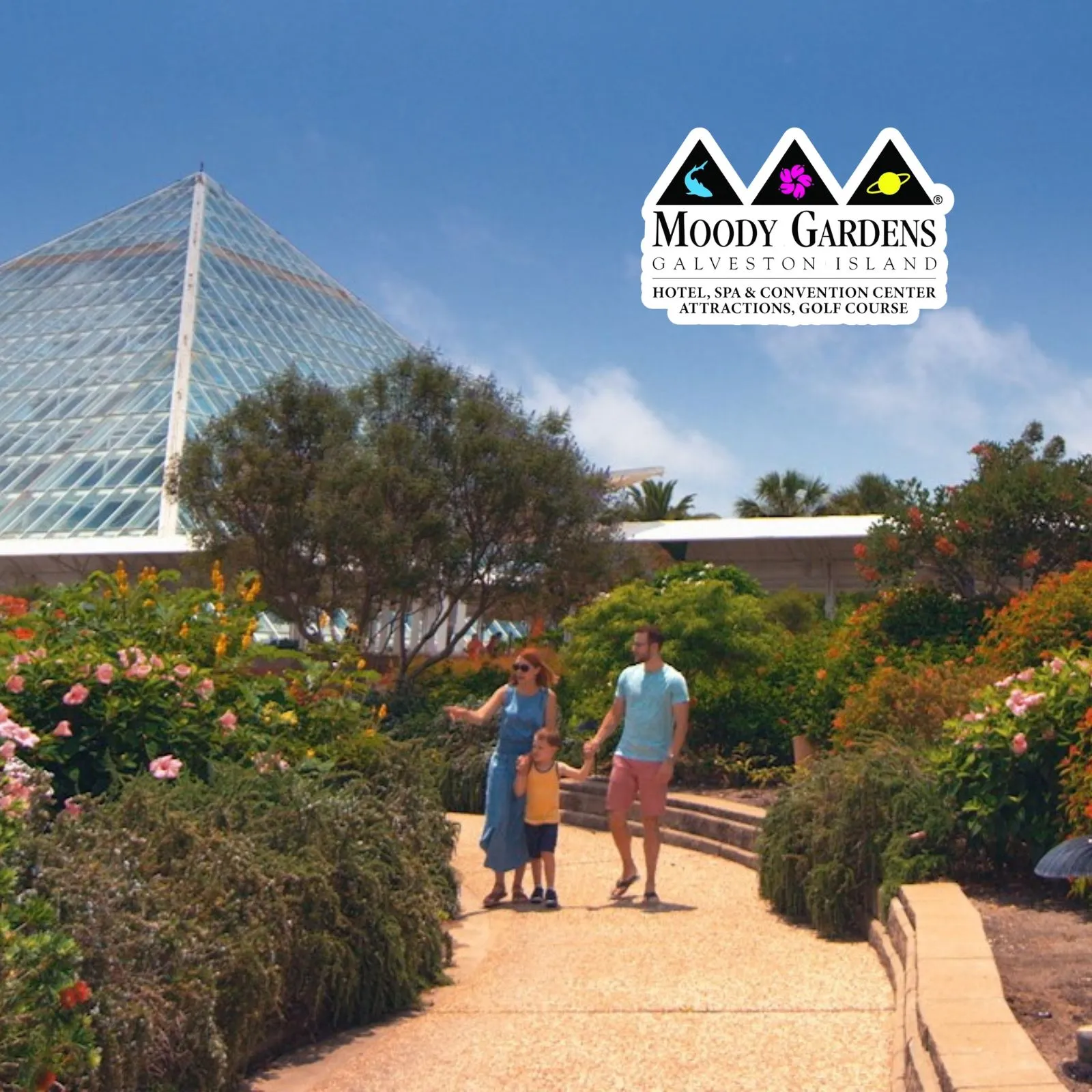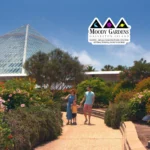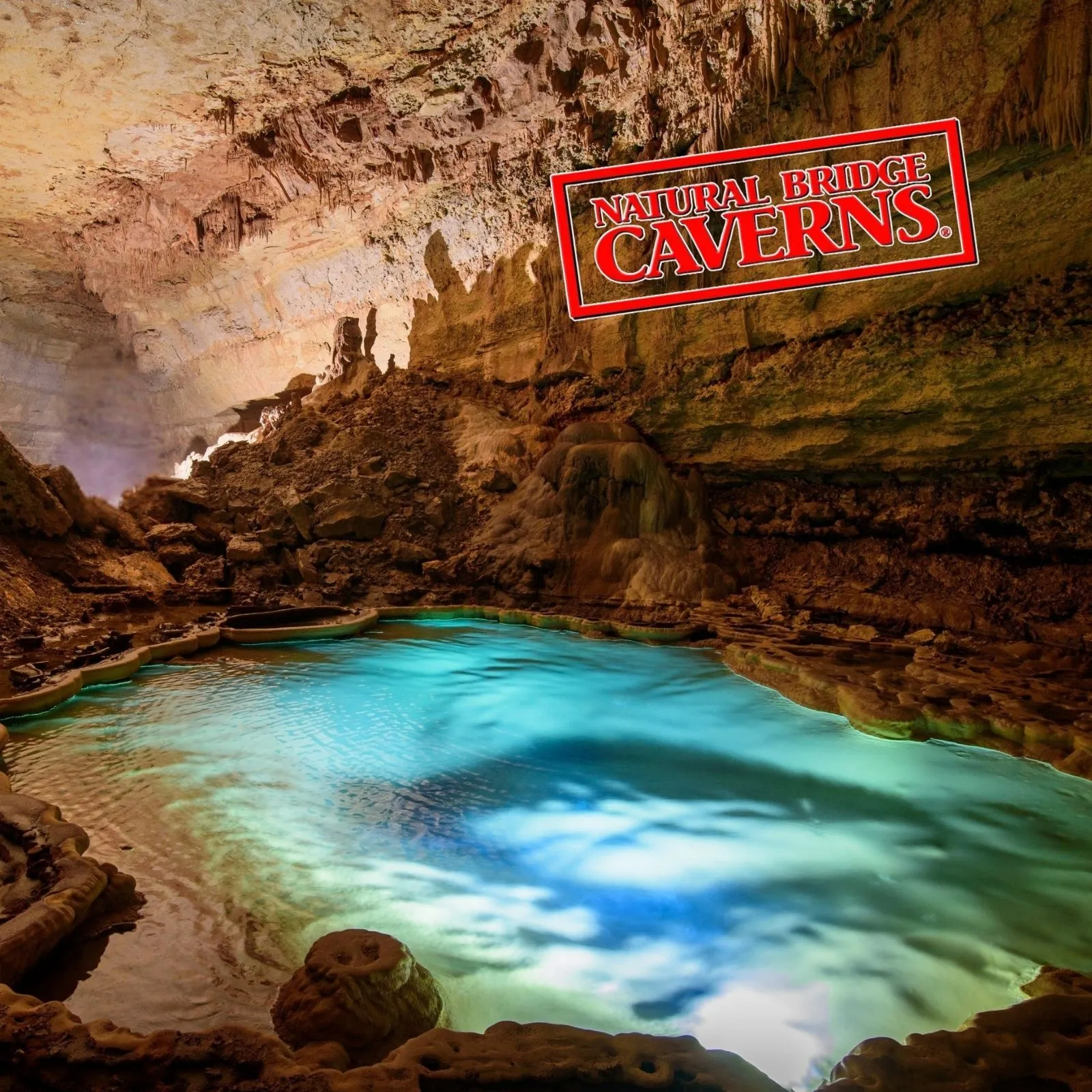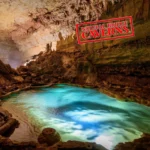The Best Experiences in Louisiana: Top 10 Must-Do Activities (Currently Open)
Louisiana doesn’t just feed you—it moves you. It’s the smoky perfume of roux simmering in a cast-iron pot, a horn section grooving down Royal Street, cypress knees knuckling out of mirror-still bayous, and the thunder of a second-line marching by as if joy were a parade that never ends. If you’re planning a trip—or you’re a local looking to fall in love with your home state all over again—this guide to the best experiences in Louisiana will help you craft a trip that’s equal parts flavor, culture, and adventure. Every activity below is currently operating, rooted in local culture, and curated for curious tourists, families, and enthusiasts who want to live the real Louisiana right now.
This list makes room for the iconic (French Quarter, Mardi Gras, swamp tours) and the surprisingly off-the-radar (global-class prehistoric mounds, wildlife safaris by the Gulf, Cajun dance halls where the music blows the doors off). It’s geographically diverse, moving from New Orleans and the Northshore to Cajun Country around Lafayette, across to Lake Charles and up to Shreveport-Bossier and Monroe-West Monroe. Bring an appetite for discovery—you’ll need it.
Stroll the French Quarter Like an Insider (New Orleans)
If you do only one thing in Louisiana, walk the French Quarter. Beneath wrought-iron balconies and pastel facades, the Quarter layers Spanish, French, Creole, and American histories into a living stage set where music spills from doorways and powdered sugar dusts the morning air. But the best experiences go beyond Bourbon Street.
How to do it well
Start early on Royal Street for galleries, antiques, and street musicians who’ll remind you why jazz was born here.
Duck into Jackson Square to watch portrait artists at work and step inside St. Louis Cathedral for a slice of sacred history.
Explore the French Market for pralines, hot sauces, and local crafts.
Cap the day with a courtyard dinner at a classic Creole spot or a modern chef-driven bistro—either way, the city’s culinary soul is on your plate.
Why it’s unmissable: The Quarter is the heart of Creole culture—walkable, romantic, family-friendly by day, and alive with music after dark. It’s the best launching point for everything else on this list.
Take a Swamp Tour Through Cypress Cathedrals (Honey Island, Barataria, or Atchafalaya)
Swap the city for the swamp and watch Louisiana’s wetlands remind you who’s in charge. Glide by Spanish moss and ancient cypress while herons, egrets, and alligators claim the shoreline. Whether you choose the Honey Island Swamp near Slidell, the Barataria Preserve south of New Orleans, or the enormous Atchafalaya Basin west of the city, you get a front-row seat to wild Louisiana.
Pro tips
Opt for a smaller boat with a naturalist guide for quieter coves and better wildlife viewing.
Bring polarized sunglasses for peering into tannin-dark water.
Family-friendly? Absolutely. Most tour operators welcome kids and make safety and education a priority.
Why it’s unmissable: The swamp is Louisiana’s living cathedral—serene, mysterious, and essential to the state’s identity and ecology. It’s also one of the best year-round activities, thanks to our mild winters.
Immerse Yourself at The National WWII Museum (New Orleans)
Ranked among the nation’s top museums, The National WWII Museum is a world-class experience that surprises even repeat visitors. Immersive exhibits, oral histories, and cutting-edge storytelling make the global conflict feel immediate and personal. You don’t have to be a history buff to be moved here—you just have to be human.
How to experience it
Plan at least half a day; a full day is ideal if you love museums.
Add the optional 4D film for a cinematic overview that sets context.
Families can split time: older kids linger in the galleries while younger ones enjoy hands-on stations and aircraft exhibits.
Why it’s unmissable: It’s the country’s premier WWII museum and a powerful reminder of service, sacrifice, and innovation—right in the Warehouse District, walkable from the Quarter.
Taste Creole and Cajun at the Source (New Orleans + Lafayette)
You can’t understand Louisiana without tasting it. A hands-on cooking class or guided food tour introduces the techniques that define the region: building a dark roux, balancing the “holy trinity” (onion, celery, bell pepper), and seasoning with a confident hand. Do one in New Orleans for Creole flair (gumbo, étouffée, oysters), then drive to Lafayette for Cajun comfort (boudin, cracklins, crawfish when in season).
Make it memorable
Book a Creole cooking class for gumbo, jambalaya, or pralines you can actually reproduce at home.
In Lafayette, line up for boudin runs (yes, that’s a thing) and compare styles—smoky, peppery, rice-rich, each butcher with a signature.
Pair dinner with live music—a zydeco band turns a meal into a memory.
Why it’s unmissable: Food is the state’s love language. A class or tour delivers skills and stories you’ll tell forever.
Experience Mardi Gras—All Year Long (New Orleans + Lake Charles + Lafayette)
Mardi Gras is more than a day—it’s a season and, honestly, a mindset. If you’re not here during parade weeks, you can still tap into the magic year-round.
Ways to celebrate now
In New Orleans, tour a float-building warehouse or costume museum to see how krewes bring parades to life.
In Lake Charles and Lafayette, experience family-friendly Mardi Gras with zydeco, gumbo cook-offs, and trail rides when the season hits. Off-season, many cultural centers and small museums keep the spirit alive with exhibits and events.
Time your trip for king cake season (typically January–February) and sample different bakeries’ takes on the iconic pastry.
Why it’s unmissable: Mardi Gras distills Louisiana’s creativity, community, and pageantry—and you can find pieces of it in every month of the year.
Step Into Living History on the River Road (Whitney, Oak Alley, and Beyond)
The Great River Road between New Orleans and Baton Rouge lines the Mississippi with antebellum estates and complex stories. Prioritize Whitney Plantation for its powerful focus on the enslaved, then visit Oak Alley for its famous live-oak allée and house museum. Consider a third stop for balance—smaller sites often offer deeply personal guided tours.
How to do it thoughtfully
Choose guided tours—context matters, and expert interpreters bring the past into the present.
Build in time for reflection. These sites are beautiful but also sobering, reminding us whose hands shaped them.
Families can prepare kids with age-appropriate reading or short videos so they understand the gravity.
Why it’s unmissable: This is American history in situ—stirring, challenging, and essential for a complete Louisiana experience.
Drift Under Sunset on a Mississippi River Jazz Cruise (New Orleans)
If romance had a soundtrack, it would be a jazz band on a riverboat while the skyline glows and the river keeps rolling. Evening jazz cruises offer dinner, live music, and an open deck for photographs that look like movie stills. Daytime cruises add narration about river lore—levees, shipping, and why the Mississippi is the lifeblood of this region.
Best for
Couples: sunset and live jazz are a perfect pairing.
Families: kids love boat decks, calliope music, and river stories.
Photographers: golden hour on the river is pure magic.
Why it’s unmissable: It’s a classic only-in-New-Orleans experience—timeless, scenic, and effortlessly joyful.
Meet the Pepper That Conquered the World at Avery Island (Avery Island, near New Iberia)
On Avery Island, you’ll find the factory where TABASCO® has been made since the 1860s and the lush Jungle Gardens botanical preserve. Tour the mash barrels and bottling line, then stroll among live oaks, bamboo groves, and egrets in a landscape that feels like a dream after rain.
Make it a full day
Do the factory tour in the morning, then picnic in Jungle Gardens under a canopy of green.
Combine with New Iberia’s charming historic district for coffee, pastries, and local shops.
Spring and fall are especially gorgeous, but the site is open year-round.
Why it’s unmissable: It’s a rare pairing of food heritage and botanical beauty, showcasing the global reach of a tiny Louisiana pepper.
Chase Zydeco and Cajun Dance Halls (Lafayette, Breaux Bridge, Opelousas)
If you’ve never two-stepped to a rubboard and accordion, Louisiana will fix that. Around Lafayette—often called the “Happiest City in America”—you’ll find dance halls where zydeco and Cajun bands electrify the floor. Some start early, some run late, but all welcome beginners.
How to dive in
Look for zydeco brunches where the dance floor is hopping before noon.
Start with a short lesson—you’ll make fast friends, and locals love to help.
Bring comfy shoes. Once the music catches you, you won’t want to sit down.
Why it’s unmissable: Live, communal music is the beating heart of Cajun Country—joyful, inclusive, and unforgettable.
Drive the Creole Nature Trail All-American Road (Lake Charles + Cameron Parish)
For an untamed Gulf Coast safari, steer southwest to the Creole Nature Trail—an All-American Road looping through wildlife refuges, marshes, and beaches. Look for alligators, roseate spoonbills, and migrating waterfowl. Stop at boardwalks to scan the marsh, then continue to Gulf beaches where you can beachcomb for driftwood and shells.
Traveler pointers
Pack binoculars, sunscreen, and snacks; services are scarce in the wilder stretches.
Ideal for photographers, birders, and families who want a free-form day that still feels epic.
Combine with Lake Charles dining and gaming for an easy weekend.
Why it’s unmissable: It’s Louisiana’s wild side on a silver platter—accessible, scenic, and serene.
Time-Travel at Poverty Point World Heritage Site (Epps, near Monroe)
Long before jazz and jambalaya, Indigenous engineers built one of North America’s great earthworks complexes at Poverty Point (circa 1700–1100 BCE). Today, it’s a UNESCO World Heritage Site where concentric ridges and monumental mounds ripple across the landscape, testifying to a sophisticated ancient culture.
What to expect
A visitor center explains how people lived, traded, and built here using astonishing precision.
Gentle trails wind around mounds and ridges; it’s an easy half-day for families.
Bring water, a hat, and time to linger—the site rewards slow exploration.
Why it’s unmissable: This is world-class archaeology in the Louisiana Delta, expanding your sense of the region far beyond gumbo and brass bands.
Bonus Experiences to Round Out Your Trip
The ten must-dos above anchor any great itinerary. If you have more time (and you should), these bonus experiences help tailor the trip to your style.
Sip and Savor on the Northshore (Covington, Mandeville, Abita Springs)
Walk or bike the Tammany Trace, then cool off with craft beer in Abita Springs or coffee in Covington’s artsy downtown.
Family-friendly parks and lakefront sunsets make this area a favorite for locals who love outdoorsy weekends.
Art, Music, and Red River Nights (Shreveport-Bossier)
Explore galleries, indie music venues, and riverfront parks. Food runs the spectrum from classic po’boys to chef-driven Southern.
Kayak Bayous and Urban Waterways (Baton Rouge + Northshore)
Guided paddles reveal turtles, herons, and silent scenery just minutes from downtowns. Great for beginners and families.
Catch and Cook on the Coast (Grand Isle, Venice)
Charter captains put you on redfish, speckled trout, and sheepshead; a few spots will cook your catch—a brag-worthy dinner.
Small-Town Charm in Natchitoches
Louisiana’s oldest settlement (1714) charms with brick streets, meat pies, and Cane River views—especially festive during the holidays.
How to Build Your Perfect Louisiana Itinerary
Use these frameworks to mix culture, food, and nature in balanced, skimmable ways.
48 Hours for First-Timers (New Orleans Base)
Day 1: French Quarter immersion → Garden District streetcar ride → sunset jazz river cruise.
Day 2: National WWII Museum → late lunch of po’boys and beignets → evening jazz club or courtyards for cocktails.
Weekend in Cajun Country (Lafayette Base)
Day 1: Swamp tour in the Atchafalaya → boudin crawl → zydeco dance hall.
Day 2: Avery Island factory + Jungle Gardens → downtown Lafayette art and coffee → live Cajun band over dinner.
Family-Forward Gulf Itinerary (Lake Charles + Creole Nature Trail)
Day 1: Creole Nature Trail wildlife stops → beach picnic → ice cream downtown.
Day 2: Short drive to Natchitoches for history, meat pies, and riverfront strolling.
History & Heritage (River Road + UNESCO)
Day 1: Whitney Plantation (guides) → Oak Alley (gardens and house) → Baton Rouge for dinner.
Day 2: Drive to Poverty Point → Monroe for riverfront dining and a relaxed evening.
Practical Tips for a Seamless Trip
Best times to visit: Fall and spring bring mild weather, festivals, and outdoor comfort. Winter is underrated—fewer crowds and cozy gumbo weather.
Dress code: Louisiana is casual, but some historic restaurants prefer smart-casual at dinner. Pack breathable layers, a rain shell, and comfortable walking shoes.
Reservations & tickets: Popular activities—river cruises, cooking classes, plantation tours, swamp tours—benefit from advance booking, especially on weekends and during festival seasons.
Family-friendly picks: Swamp tours (choose operators with safety briefings), the WWII Museum (older kids love it), Avery Island, and the Creole Nature Trail.
Accessibility: Many major attractions offer ADA-friendly entrances, restrooms, and tour options—check details before you go.
Respect the culture: In dance halls and parades, say hello, tip musicians, and ask before taking close-up photos. Hospitality runs both ways here.
Why These Are the Best Experiences in Louisiana—Right Now
Evergreen appeal: Jazz boats, Quarter strolls, swamp tours, and Avery Island are timeless. You can enjoy them year-round.
Cultural depth: From Whitney’s storytelling to Poverty Point’s ancient engineering and zydeco’s living traditions, these activities offer meaning, not just entertainment.
Geographic diversity: You’ll roam from New Orleans to Lafayette, Lake Charles, Natchitoches, Monroe, and beyond—getting a full portrait of the state.
Family, couples, solo travelers: Whether you’re planning a honeymoon jazz cruise, a kid-pleasing swamp day, or a solo art crawl, there’s a tailored mix here.
Currently operating: Each experience on this list is active now, with options and schedules that support today’s traveler.
Frequently Asked Questions
Is Louisiana good for kids?
Absolutely. Choose swamp tours, Avery Island, the Creole Nature Trail, and festival daytimes. Many music spots host family-friendly hours.
Do I need a car?
In New Orleans, you can walk, streetcar, or rideshare. For Cajun Country, River Road, and the Creole Nature Trail, a car unlocks far more experiences.
What should I eat?
Gumbo, étouffée, boudin, oysters, redfish, beignets, bread pudding, king cake (in season), and anything your server gets excited about. Trust the enthusiasm—it’s a reliable compass here.
Is summer too hot?
It’s warm and humid; plan morning and evening activities, embrace indoor museums midday, and hydrate. Swamp tours still run and wildlife is active.
The Bottom Line: Your Louisiana, Your Way
Louisiana rewards curiosity. Wander the French Quarter at sunrise, and the streets hum with possibility. Drift beneath cypress cathedrals and feel your pulse match the bayou’s slow rhythm. Let a zydeco band pull you onto the dance floor; let a riverboat jazz chorus lift your heart; let a bowl of gumbo teach you that patience tastes like comfort.
Summary: The top 10 must-do activities—from Quarter strolls, swamp tours, and the National WWII Museum, to Mardi Gras experiences, River Road history, Mississippi jazz cruises, Avery Island, zydeco dance halls, the Creole Nature Trail, and Poverty Point—deliver the perfect blend of culture, cuisine, nature, and story. Together they create a trip that’s unmistakably, undeniably Louisiana.
